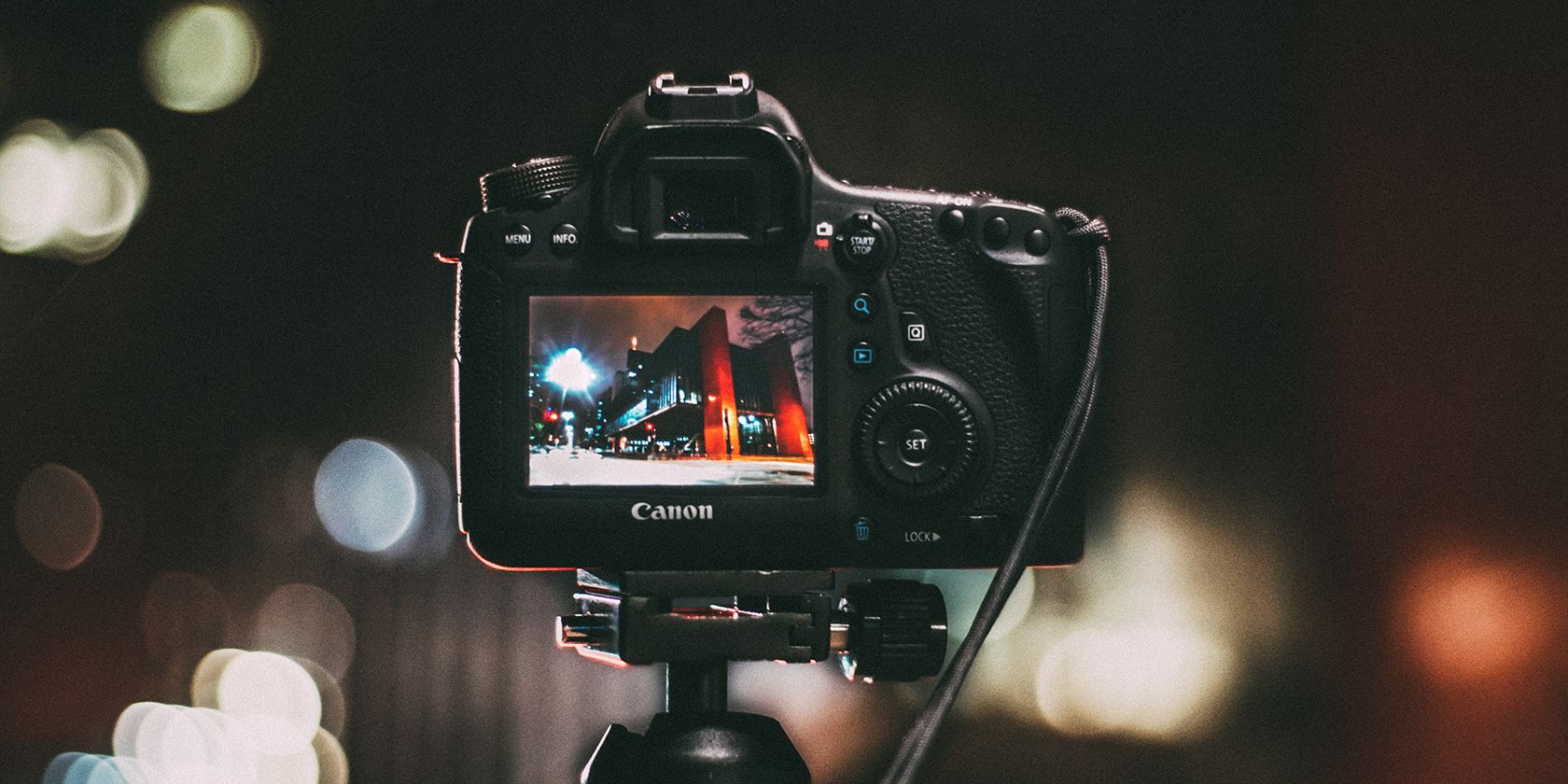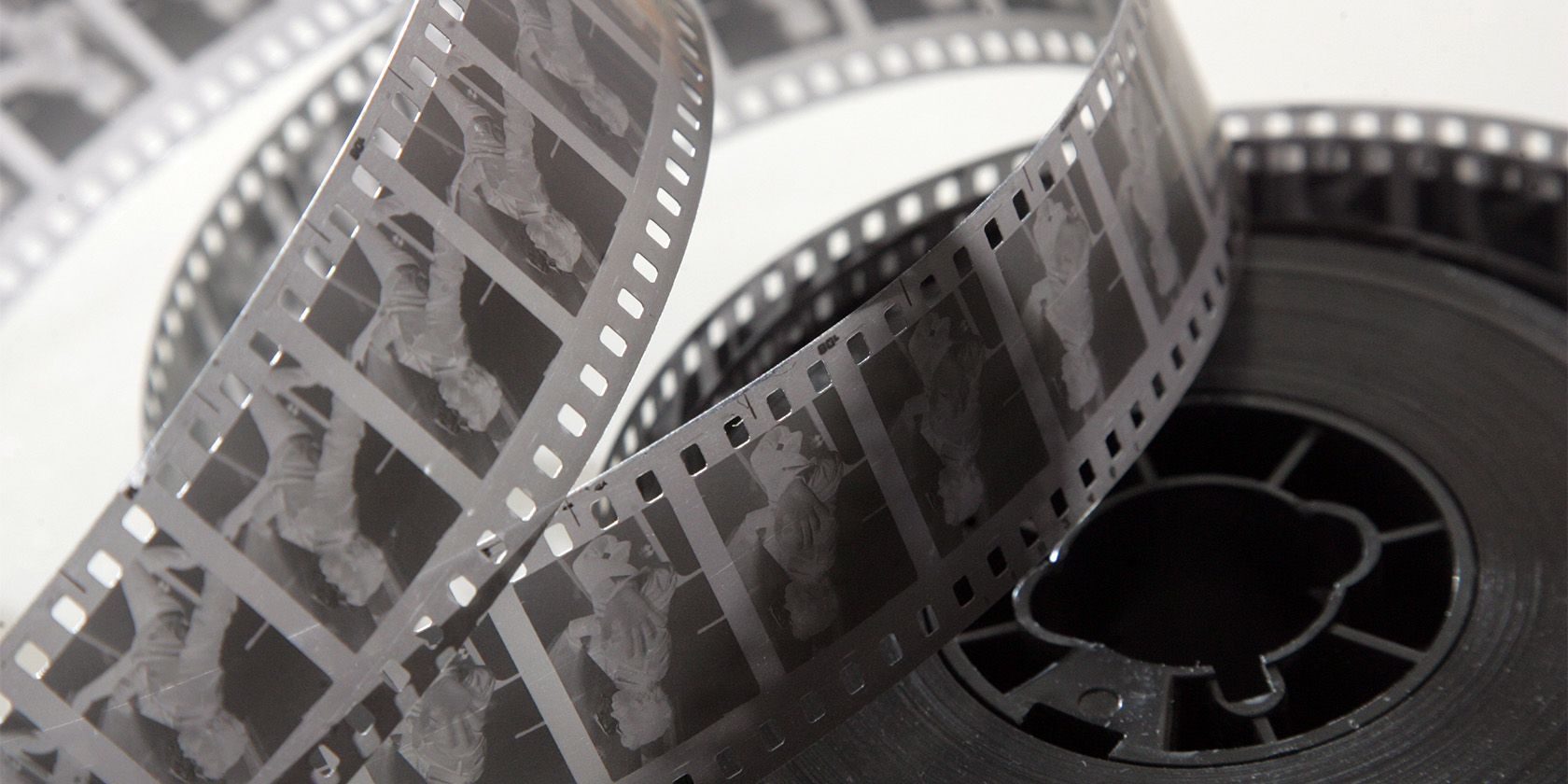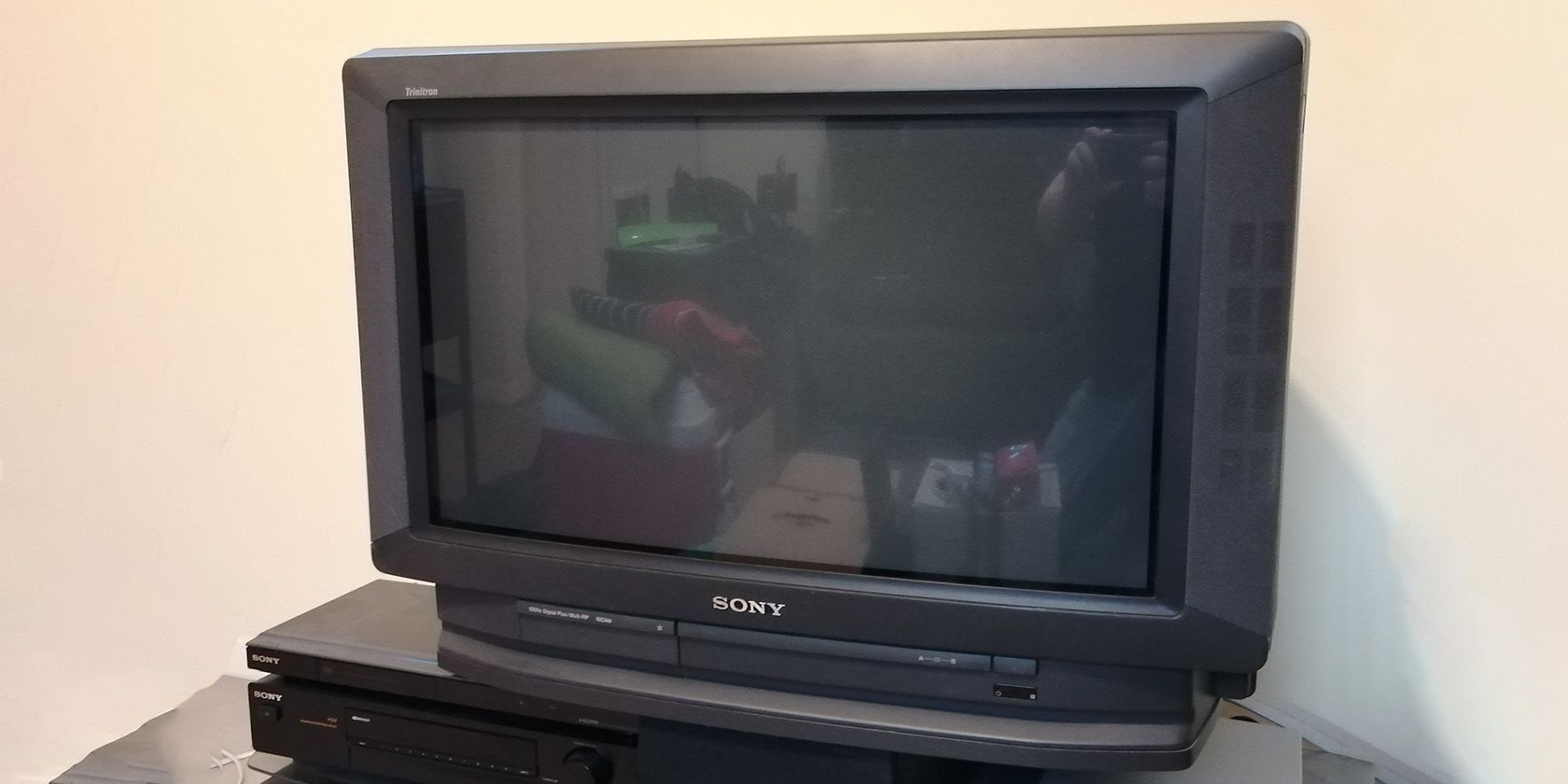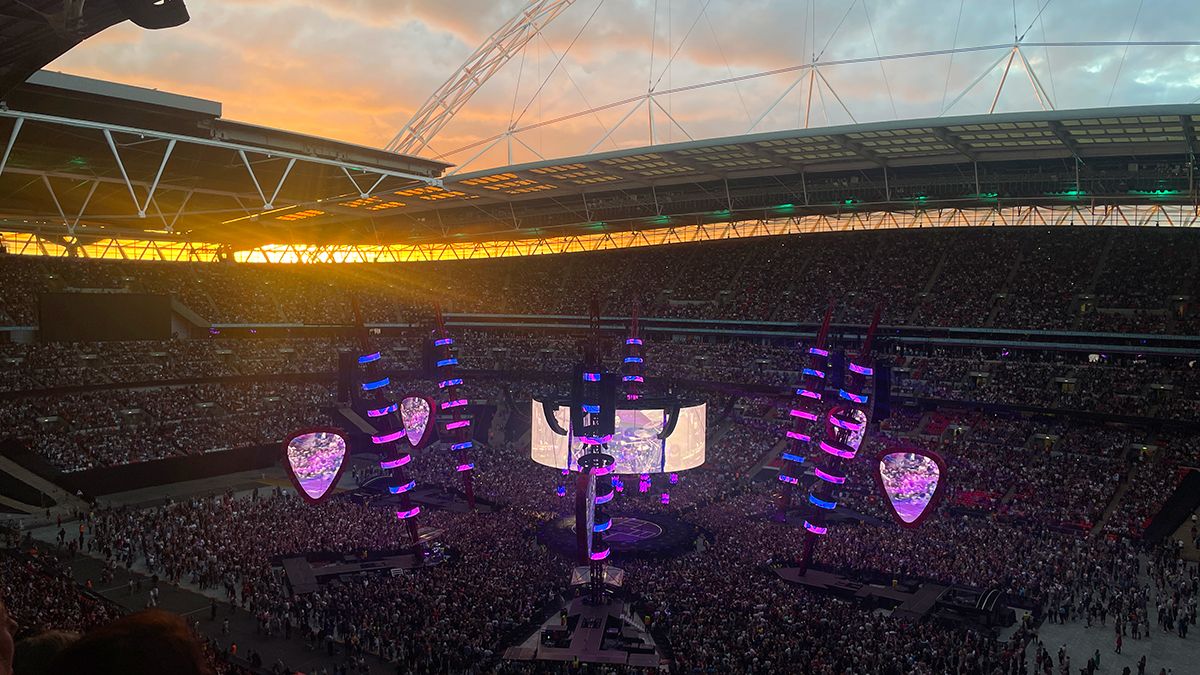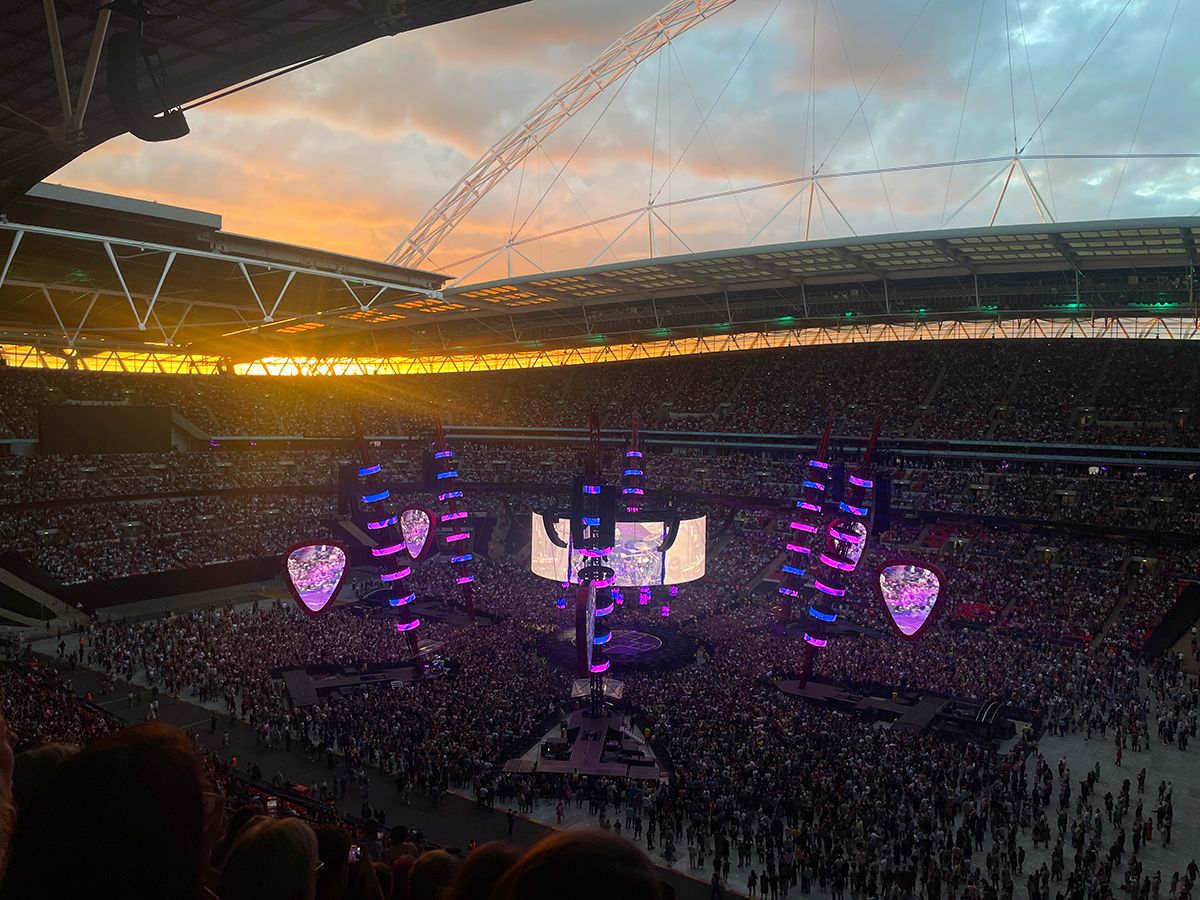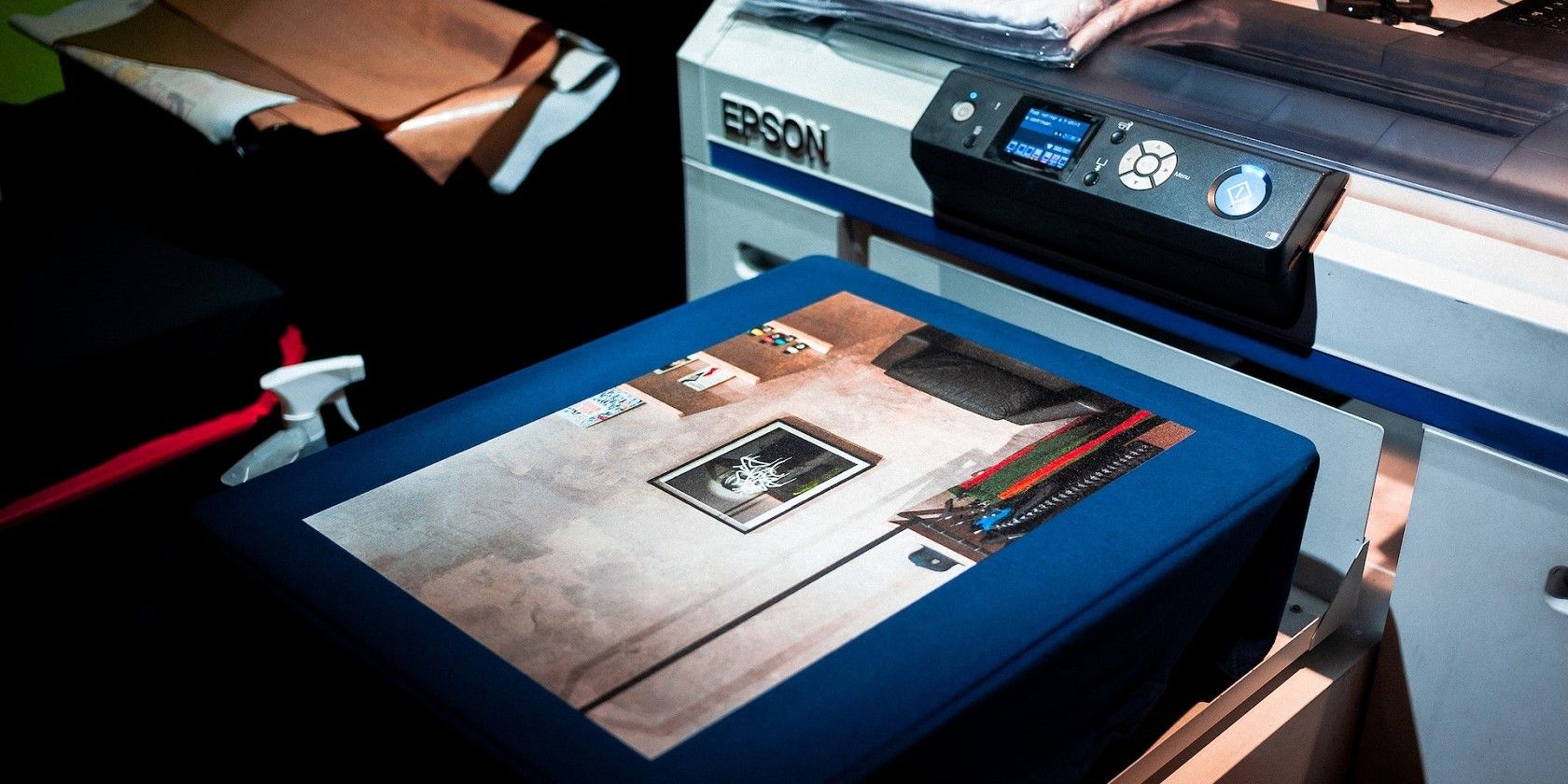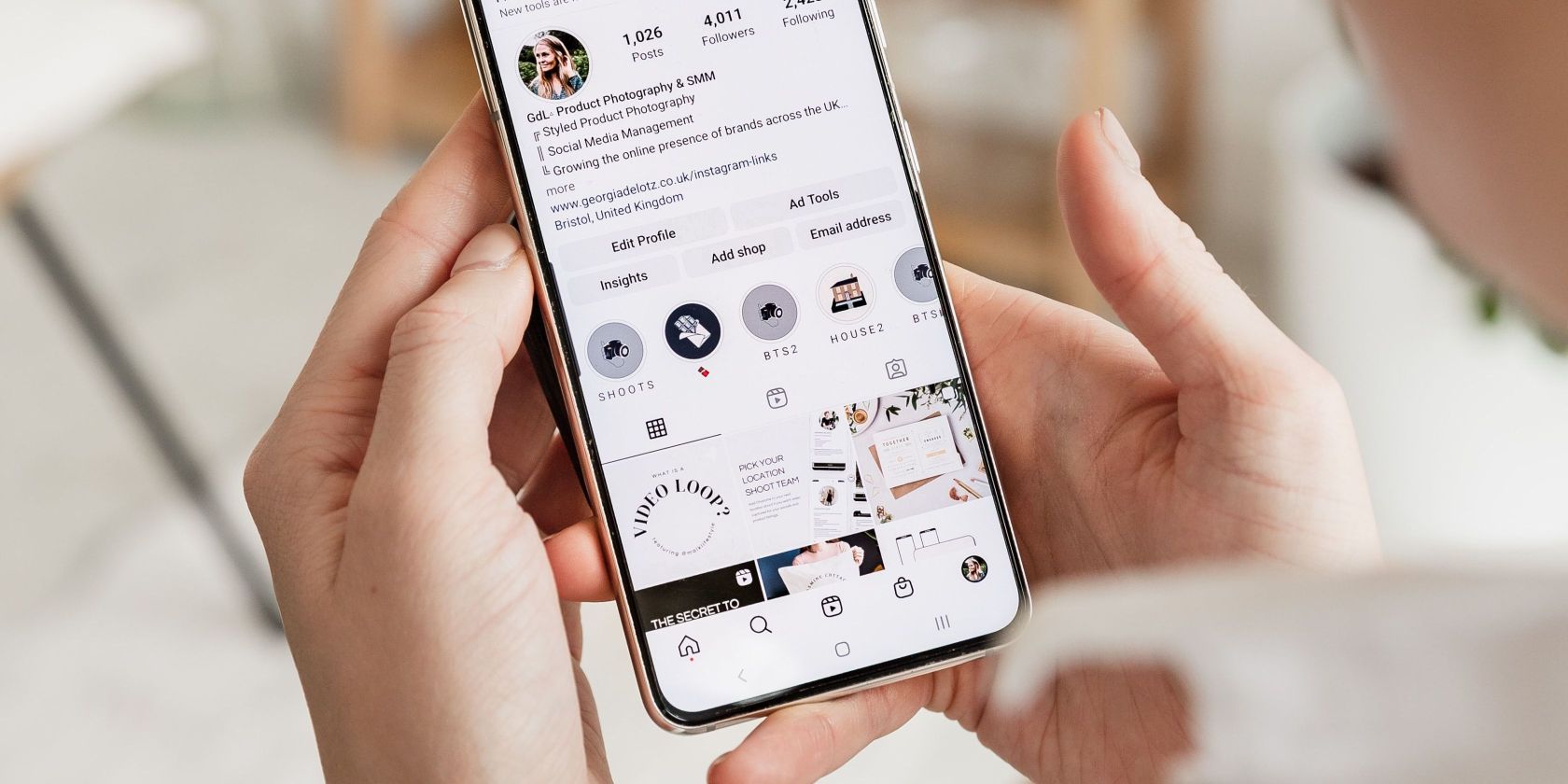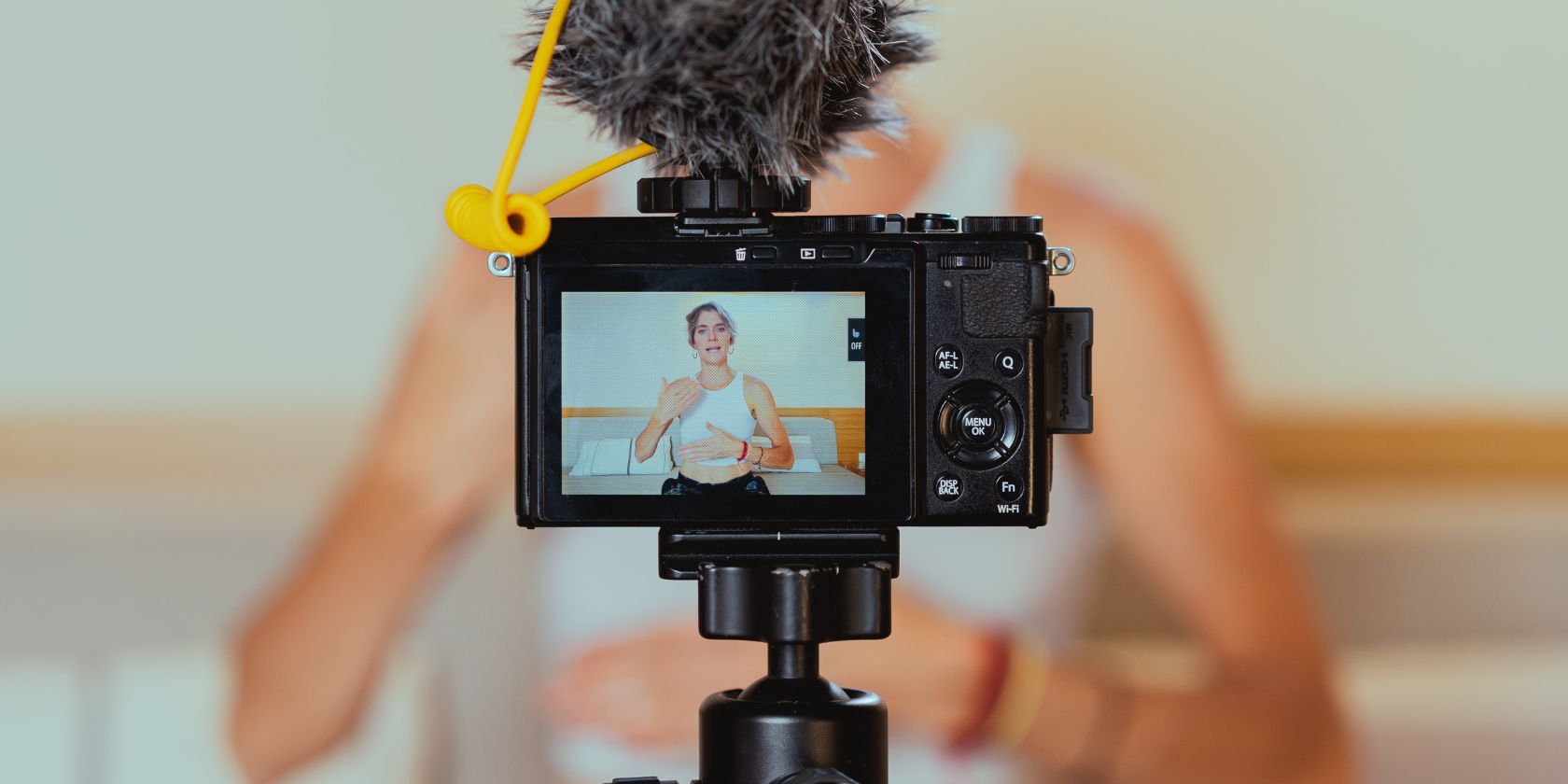You may have subtly known that pictures look different in height and width but never know why the difference exists. Every picture or video has an aspect ratio, commonly 4:3 or 16:9—but which should you use?
Let's look at aspect ratios and see the difference between 4:3 and 16:9.
What Is an Aspect Ratio?
The aspect ratio is the relationship between an image's height and width. Aspect ratios are often written with the width first, followed by the height.
A panoramic image, for example, has a usual aspect ratio of 3:1. This means for every three units of width, there's one unit of height.
A Short History of 4:3 and 16:9 Aspect Ratios
When motion capture film was invented by William Dickson in 1889, he used a 35mm film that used the 1.33:1 or 4:3 ratio. According to John Belton's 1990 paper, The Origins of 35mm Film as a Standard, when Dickson created the Kinetoscope for Thomas Edison, which was one of the first ways to view motion pictures, he simply used the 70mm film used in Kodak cameras then. He then slit it into two—hence the 35mm format.
Although no further explanation existed for why this format was preferred, it eventually gained popularity with filmmakers. Ultimately, it was adopted for still cameras, with Leica popularizing it in the 1920s.
Eventually, the television adopted the 4:3 format for its screen. With the TV becoming more popular than the cinema, studios started using wider film stocks like 2.59:1 and 1.85:1 to differentiate themselves. This gave films a more expansive feel, allowing the audience to experience better immersion.
According to Studio Binder, the 16:9 aspect ratio was developed for the future of monitors and displays. Dr. Kerns H. Powers of the Society of Motion Picture and Television Engineers considered this after several mathematical computations and evaluating the existing popular aspect ratios during the 80s and 90s.
This format allowed it to show different aspect ratios—from film to TV—while minimizing letterboxing or pillarboxing. Since it was the format that modern high-definition screens adopted, film and TV producers followed suit, leading to the popularity of the 16:9 aspect ratio today.
Comparing 4:3 and 16:9 Aspect Ratios
The only difference between the two aspect ratios is their viewing area. The 16:9 aspect ratio allows for a wider display and has a frame 78% wider than tall. On the other hand, the 4:3 aspect ratio has a frame that is 33% wider than tall.
Nevertheless, assuming you're using the same lens and shooting from the same spot, the 16:9 aspect ratio covers around 33% more area horizontally than 4:3. But if you're cropping in from 4:3 to get the wider effect of the 16:9, you're losing about 25% of what the latter sees in the vertical.
Look at the example below—the 16:9 image makes the scene feel vast and expansive like you're in a full-packed arena.
But looking at its source 4:3 image, you'll see more information vertically. Although it's the same photo, the scene feels less full because of the empty sky.
The aspect ratio you use will depend on your needs and requirements, but we'll cover the most common uses in photography and videography below.
Which Aspect Ratio Should You Use?
While the 16:9 aspect ratio makes a scene feel more expansive, and most phones and displays use this aspect ratio, it doesn't automatically mean you should use it. Your purpose and goal will dictate the ideal ratio, so let's look at the three most common situations where you must decide between 4:3 and 16:9.
Printing Photos
The best aspect ratio for photos is 4:3, which typically captures more scene information. Furthermore, it gives you the flexibility to crop into the image during post-processing. It's also the perfect ratio for 4R—one of the standard sizes for printing your photos. See our photo paper size guide if you want to know more about that.
As you gain experience and want to try more artistic photos, we recommend you experiment with different styles of aspect ratios. Doing so can bring a new perspective to your content, especially with wide-angle images and cinematic videos.
A handy tip is to try to shoot most of your photos in 4:3 and keep some foreground empty if you need to crop it to a 16:9 ratio for social media.
Sharing Photos Online
If you use photo-sharing websites like Flickr and its alternatives, you don't have to worry about aspect ratio as they will typically display your photos as you took them. However, some social media platforms, like Instagram, behave differently.
When Instagram launched, it only let users post 1:1 or square photos. Eventually, it allowed aspect ratios between 4:5 and 1.91:1. So if you're posting to your feed, the 4:3 aspect ratio would work just fine. But if you're posting to Instagram Stories or Reels, its native ratio is 9:16—meaning you should use the 16:9 ratio turned to its side.
Shooting Videos
The best aspect ratio to shoot videos in is 16:9 since most modern displays, such as TVs, tablets, phones, and computer displays, display a 16:9 aspect ratio.
This allows you to show your entire video without cropping the sides to fit in the display, as you would have to do with a 4:3 aspect ratio video. When recording a high-angle shot, this looks even more amazing, allowing you to showcase all the landscape below.
This is also why most devices natively record video in a 16:9 aspect ratio. 16:9 is also the best for video streaming platforms like YouTube. But if you're experimenting with more advanced styles, you can check out our beginner's guide to video aspect ratios.
Experiment With Aspect Ratios
Aspect ratios are integral to any photo or video, as they can change how content is viewed and perceived. Once you get familiar with the basics, try experimenting with different aspect ratios depending on the type of content you create.
For instance, using the 2:39:1 ratio when shooting a video gives it a nice cinematic look, similar to a movie you'd watch in a cinema. And depending on the circumstances, you may need to plan to shoot in a specific aspect ratio depending on the social media platform you're creating content for.

